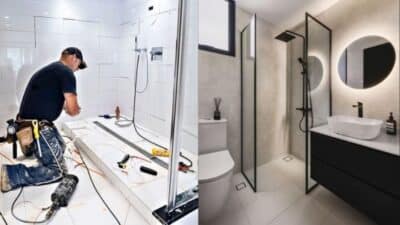Remote work has transformed how millions of people approach their daily jobs, making the home office more important than ever. Your workspace directly impacts your productivity, focus, and overall job satisfaction throughout the day.
Creating a cozy home office setup combines comfort, functionality, and personal style to build a space where you can thrive professionally while feeling at ease. The right environment helps your brain stay focused while reducing the stress that often comes with working from home.
Whether you’re working from a dedicated room or carving out space in a corner, small changes can make a significant difference in how you feel and perform during work hours. The key lies in balancing practical needs with elements that make the space uniquely yours.
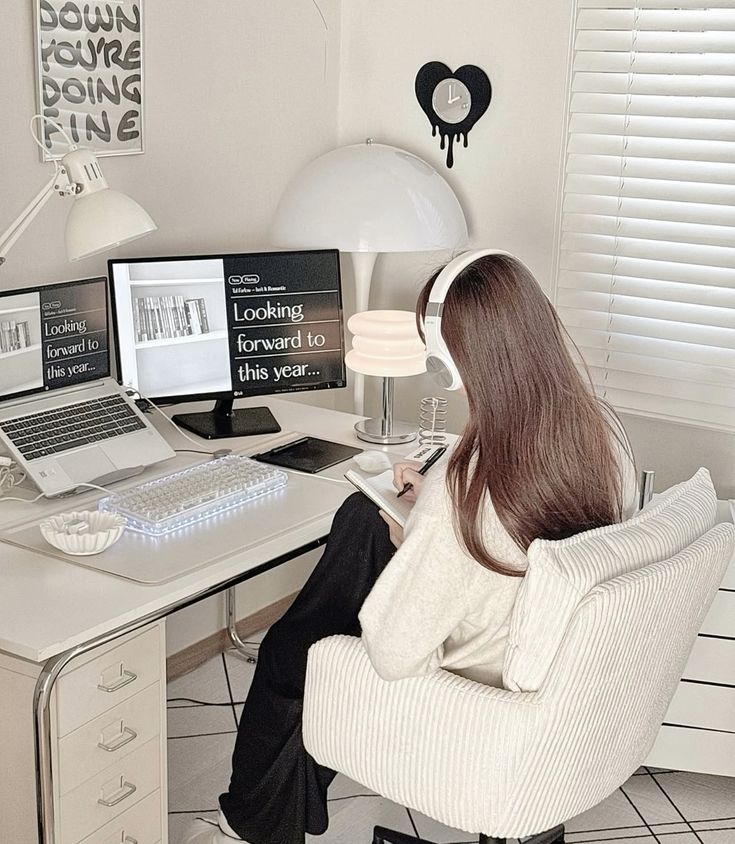
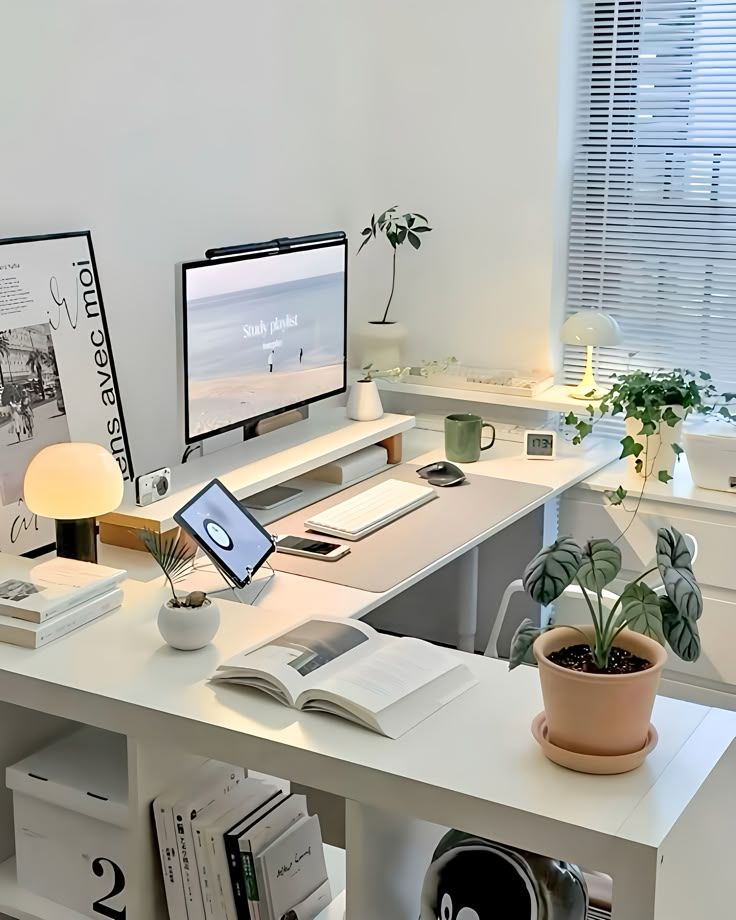

Key Takeaways
- A well-designed cozy home office balances comfort and functionality to boost both productivity and job satisfaction
- Essential elements include ergonomic furniture, proper lighting, and organized storage solutions that keep your workspace clutter-free
- Creating clear boundaries between work and personal life through thoughtful design helps maintain better work-life balance at home
Core Elements of a Cozy Home Office Setup
The foundation of an effective home office lies in selecting the right location, maximizing natural elements, and adding personal touches that inspire productivity. These three elements work together to transform any space into a comfortable workspace that supports your remote work goals.
Choosing the Ideal Workspace Location
Your workspace location sets the tone for your entire workday. You’ll want to find a spot that offers both privacy and good natural lighting whenever possible.
Consider these key factors when selecting your location:
- Distance from high-traffic areas and household noise
- Proximity to windows for natural light exposure
- Available electrical outlets for equipment
- Adequate ventilation and temperature control
A dedicated room works best, but even a corner of your bedroom or living room can function well with proper setup. The key is creating clear boundaries between your work area and personal space.
Avoid these common location mistakes:
- Setting up directly facing a bed or couch
- Choosing spots with poor Wi-Fi signal strength
- Placing your desk where you’ll face constant distractions
If you’re working with limited space, consider using room dividers or curtains to create visual separation. This helps your brain transition into work mode more easily.
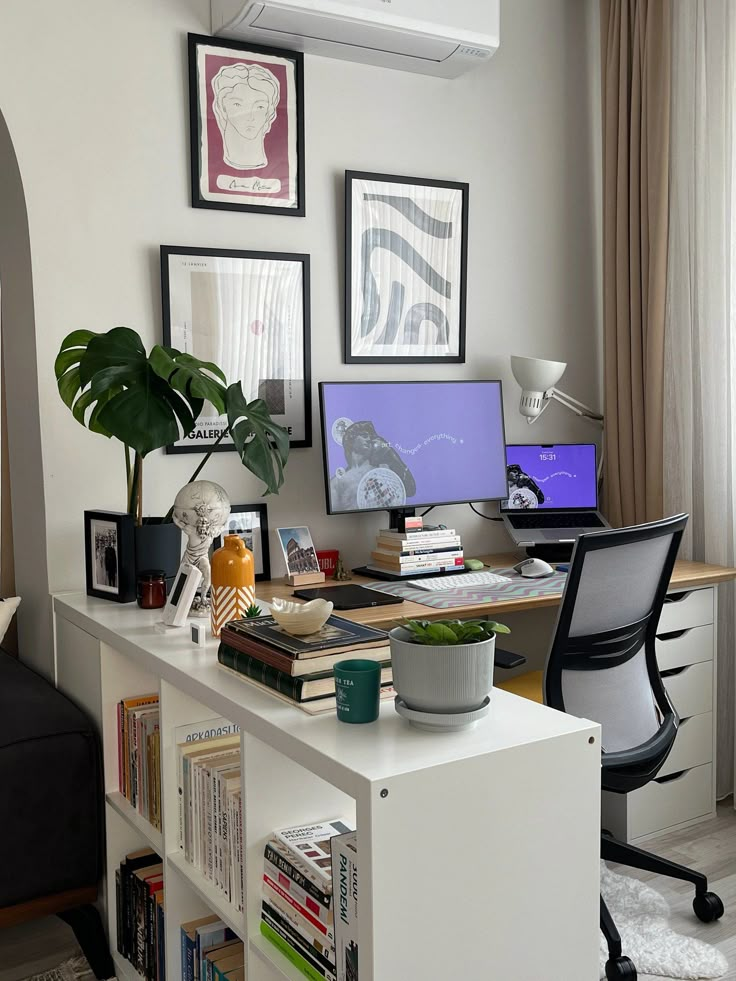
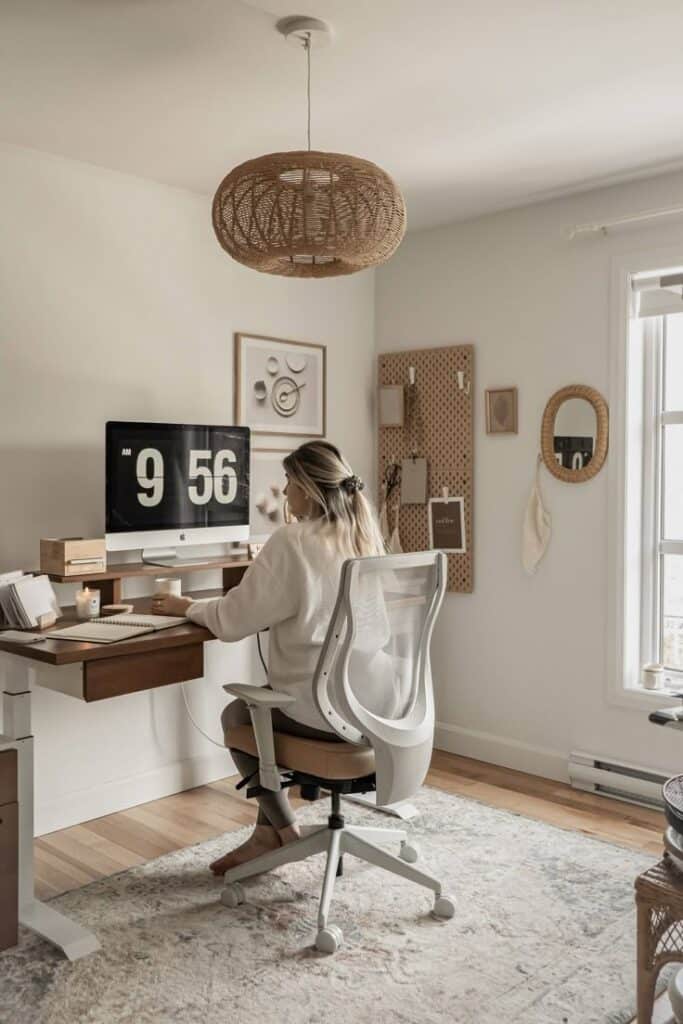
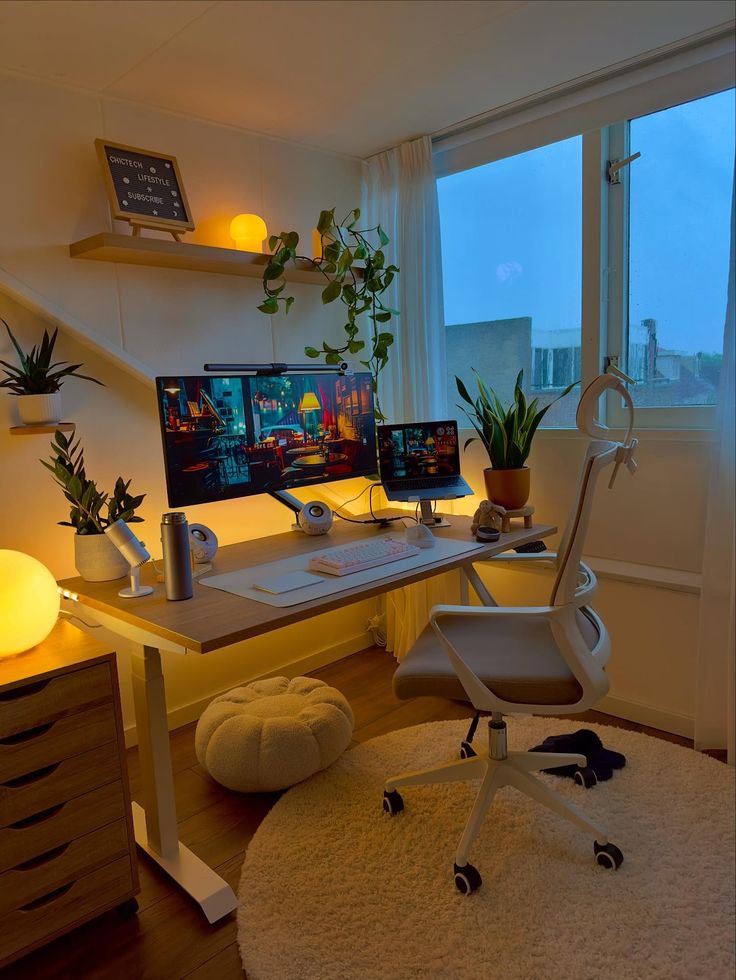
Incorporating Natural Light and Plants
Natural light dramatically improves both your mood and energy levels during remote work hours. Position your desk perpendicular to windows rather than directly facing them to minimize screen glare.
Lighting optimization tips:
- Use sheer curtains to diffuse harsh sunlight
- Add a desk lamp for cloudy days or evening work
- Consider full-spectrum bulbs that mimic natural light
Plants bring life to your home office while improving air quality. Low-maintenance options include:
- Snake plants for corners with minimal light
- Pothos for hanging or shelf placement
- Succulents for desk surfaces
You don’t need a green thumb to benefit from plants. Start with one or two hardy varieties and gradually add more as you gain confidence.
Place larger plants on the floor beside your desk or on nearby shelves. Small plants work perfectly on your desk surface or windowsill.
Personalizing With Artwork and Decor
Artwork and personal decor transform a sterile workspace into an inspiring environment that reflects your personality. Choose pieces that motivate you without creating visual clutter.
Effective artwork placement strategies:
- Hang one larger piece directly behind your monitor
- Create a small gallery wall on an adjacent wall
- Use floating shelves to display smaller decorative items
Your artwork should inspire creativity and positive emotions. Consider landscapes, abstract pieces, or motivational prints that align with your work style.
Personal touches that enhance coziness:
- Family photos in simple frames
- A favorite coffee mug or water bottle
- Small decorative objects like candles or figurines
- A cozy throw blanket draped over your chair
Keep decorative elements balanced and purposeful. Too many items can become distracting, while too few leave your space feeling cold and impersonal.
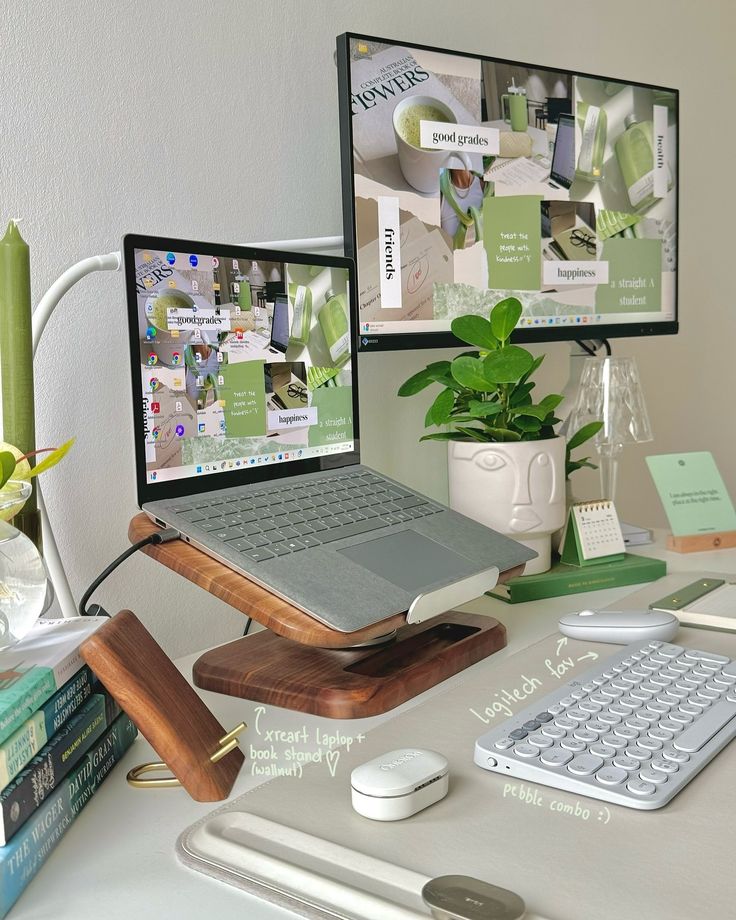
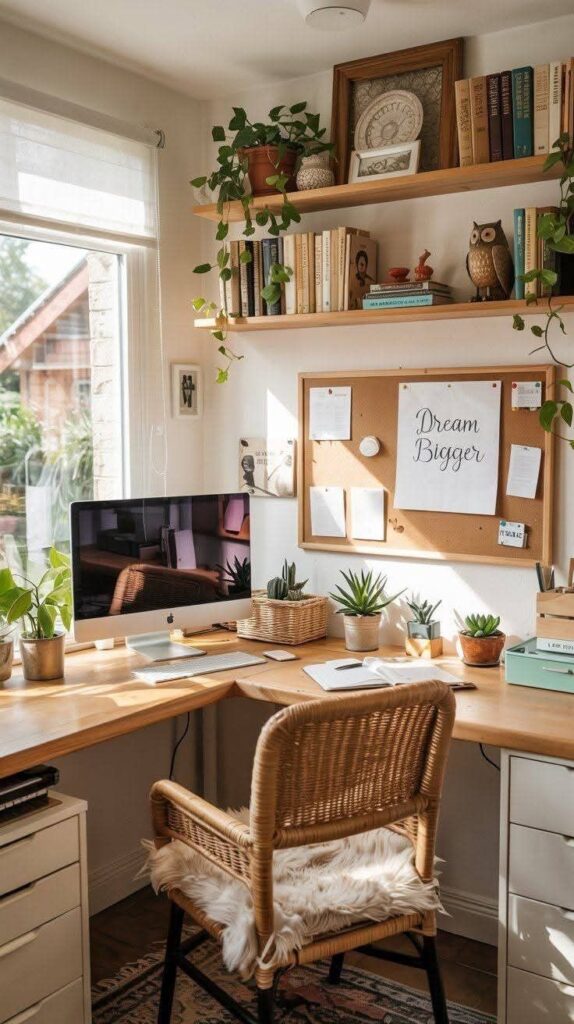
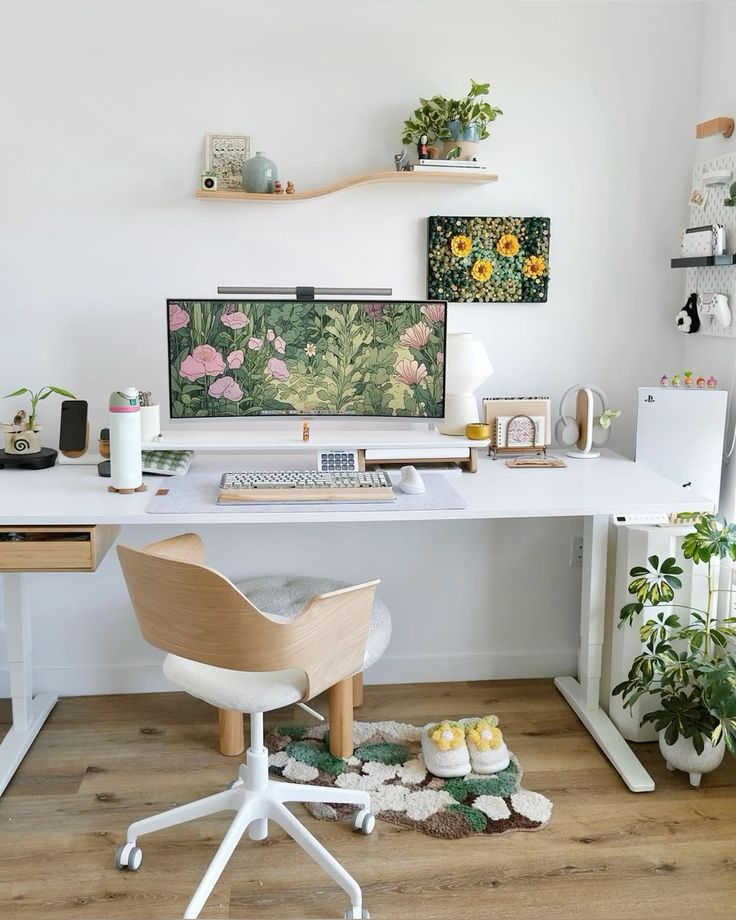
Essential Furniture and Ergonomics
The right ergonomic furniture forms the foundation of a productive home workspace. Choosing supportive chairs and adjustable desks directly impacts your comfort and long-term health during remote work.
Selecting an Ergonomic Chair
Your ergonomic chair serves as the cornerstone of your workspace setup. Look for models with adjustable lumbar support that maintains your spine’s natural curve.
Key Features to Consider:
- Seat height adjustment – Your feet should rest flat on the floor
- Armrest positioning – Adjustable height and width for proper shoulder alignment
- Backrest tilt – Allows slight recline to reduce pressure on your spine
- Seat depth – 2-3 inches of space between the seat edge and your knees
The cushioning material affects daily comfort. Memory foam provides consistent support while mesh backing offers breathability during long work sessions.
Test the chair’s weight capacity and warranty coverage. Quality ergonomic chairs typically support 250-300 pounds and include warranties of 5-10 years.
Exploring Standing Desk Options
Standing desks combat the negative effects of prolonged sitting. Electric height-adjustable models offer the most convenience for transitioning between sitting and standing positions.
Types of Standing Desks:
- Fixed-height – Budget-friendly but less versatile
- Manual adjustable – Hand-crank mechanism for height changes
- Electric adjustable – Push-button height adjustment with memory presets
Your standing desk should accommodate monitor placement at eye level. The desktop surface needs adequate space for your keyboard, mouse, and essential work materials.
Consider your ceiling height and available floor space. Most electric standing desks adjust from 28-48 inches, requiring proper clearance for full extension.
Benefits of Ergonomic Furniture
Ergonomic furniture reduces physical strain and prevents workplace injuries. Proper support decreases back pain, neck tension, and repetitive stress injuries common in remote work environments.
Physical Health Benefits:
- Improved posture and spinal alignment
- Reduced muscle fatigue and joint stress
- Better blood circulation throughout the workday
- Lower risk of developing chronic pain conditions
Productivity Advantages:
- Enhanced focus due to increased comfort
- Fewer breaks needed for stretching or position changes
- Sustained energy levels during long work sessions
Investment in quality ergonomic furniture pays dividends through improved work performance and reduced healthcare costs. Your body adapts better to extended computer work when properly supported.
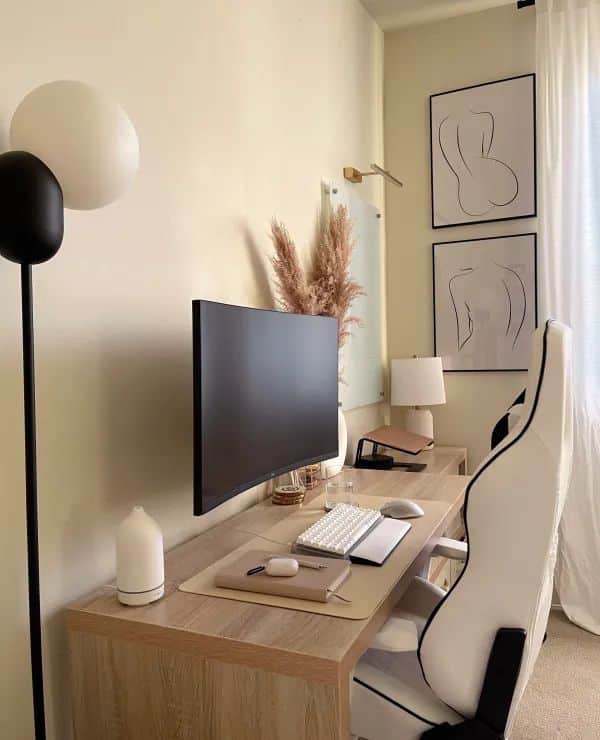

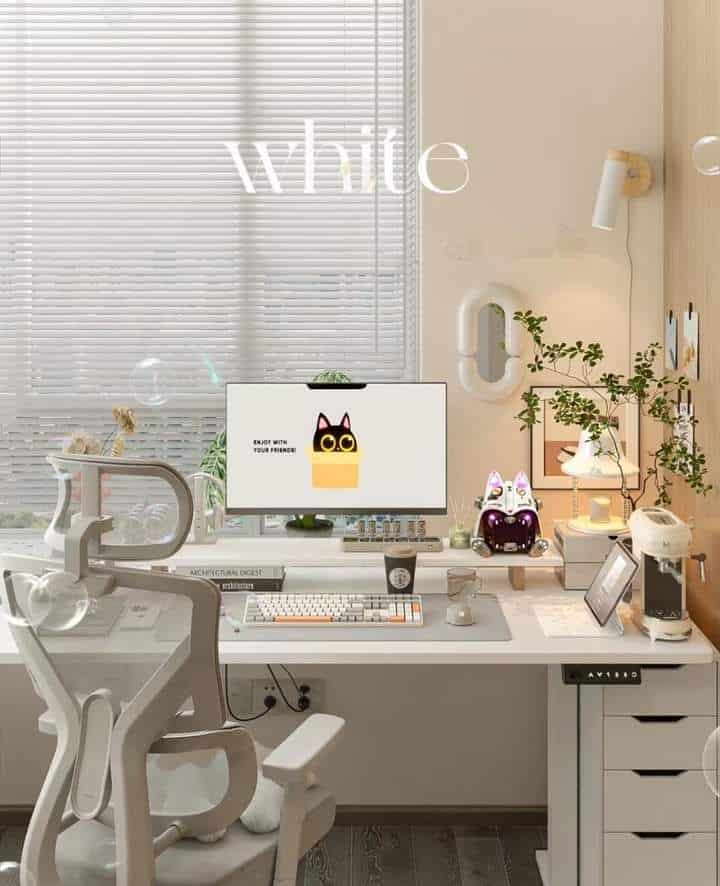
Organizing and Maximizing Storage
Effective storage transforms cramped home offices into functional workspaces while maintaining visual appeal. Smart shelving and compact solutions create room for essential items without overwhelming your cozy office environment.
Integrating Shelves and Bookshelves
Wall-mounted shelves maximize vertical space without consuming valuable floor area. You can install floating shelves above your desk to store frequently used supplies and reference materials.
Essential shelf placement:
- Above monitor height – Documents and binders you access weekly
- Arm’s reach from desk – Daily supplies like notebooks and charging cables
- Corner spaces – Decorative items that add personality
A tall bookshelf serves dual purposes as room divider and storage hub. Position it perpendicular to your desk to create a defined workspace boundary.
Adjustable shelving systems adapt to changing storage needs. You can reconfigure shelf heights to accommodate different sized items from small office supplies to large binders.
Built-in shelving around windows or alcoves maximizes awkward spaces. These custom solutions blend seamlessly with your room’s architecture while providing ample storage.
Stylish Storage Solutions for Small Spaces
Multi-functional furniture doubles storage capacity in tight quarters. An ottoman with internal storage holds office supplies while serving as extra seating for video calls.
Space-saving storage options:
- Rolling carts that slide under desks
- Hanging organizers on door backs
- Stackable drawer units
- Wall pockets for documents
Under-desk storage keeps essentials within reach without cluttering surfaces. Choose drawers on wheels that you can pull out when needed and tuck away during video meetings.
Vertical file organizers mounted on walls free up desk drawer space. You can sort papers by project while keeping them visible and accessible.
Decorative baskets and bins conceal clutter while adding texture to your workspace. Label each container to maintain organization without sacrificing your office’s cozy aesthetic.

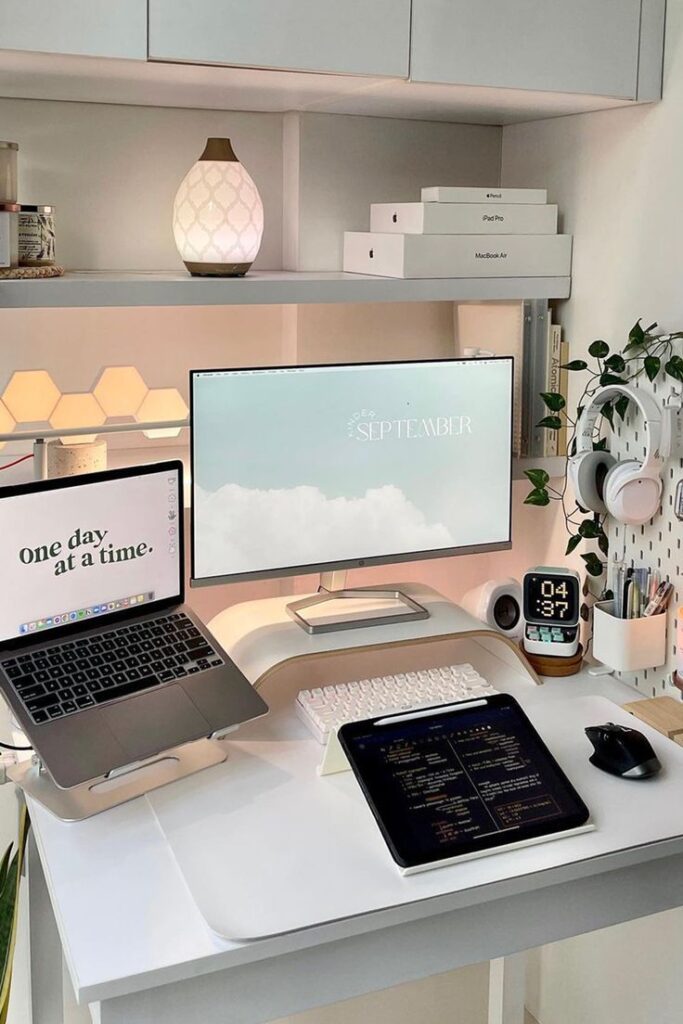
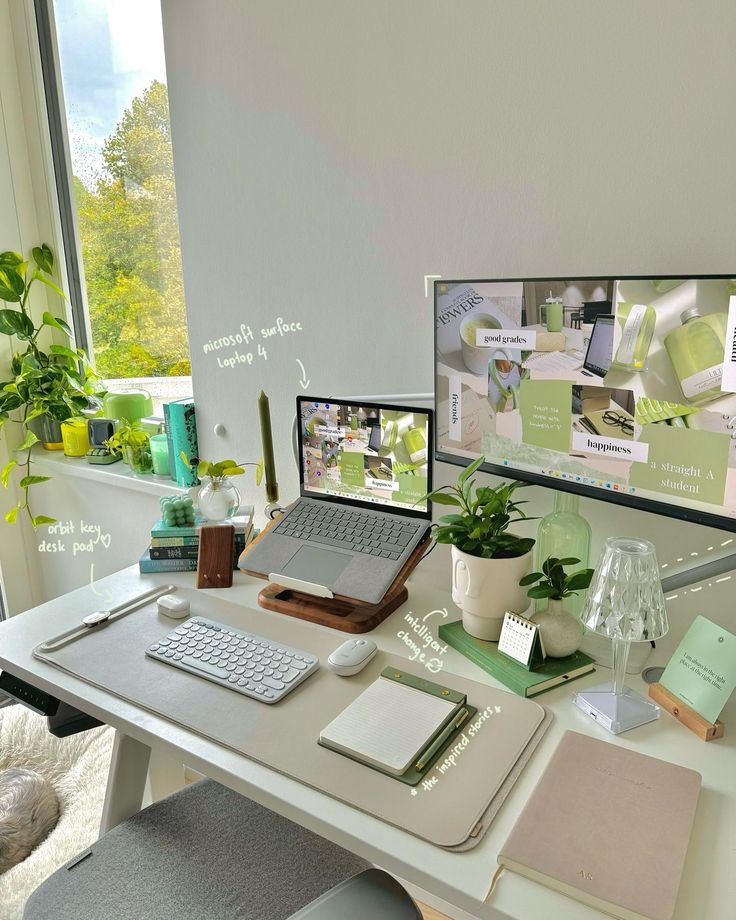
Technology and Productivity Tools for Remote Workers
Effective remote work requires reliable technology for seamless communication and optimized accessories that support your daily workflow. The right combination of video conferencing setup and essential tech tools transforms your workspace into a productive environment.
Setting Up for Video Conferencing
Camera positioning matters more than most remote workers realize. Place your camera at eye level to avoid unflattering angles during meetings. Your laptop’s built-in camera often sits too low, so consider a laptop stand or external webcam.
Lighting quality dramatically impacts your professional appearance. Position yourself facing a window for natural light, or invest in a simple ring light. Avoid backlighting from windows behind you, which creates silhouettes.
Audio clarity prevents meeting frustrations and miscommunications. Use a dedicated headset or external microphone instead of relying on your laptop’s built-in options. Test your audio before important calls.
Background considerations include either a clean, organized space or a professional virtual background. Ensure your internet connection can handle video calls without dropping quality or creating delays.
Essential Tech and Accessories
Monitor setup significantly boosts productivity compared to working solely on a laptop screen. A second monitor allows you to reference documents while writing or attend video calls while taking notes.
Ergonomic peripherals prevent strain during long work sessions. An external keyboard and mouse provide better positioning than laptop alternatives. Consider a wireless setup to reduce desk clutter.
Reliable connectivity forms the backbone of remote work success. Invest in a quality router and consider ethernet connections for stable internet. Keep a mobile hotspot as backup for important deadlines.
Essential software tools streamline your workflow and team collaboration. Project management platforms help track tasks, while cloud storage ensures file accessibility from any location.
Creating Comfort and Promoting Work-Life Balance
Physical comfort and clear boundaries between work and personal time form the foundation of a successful remote work environment. Thoughtful design choices and practical tools help remote workers maintain productivity while protecting their well-being.
Introducing Textiles and Cozy Touches
Soft textiles transform a sterile workspace into a welcoming environment. Add a plush throw blanket to your office chair for warmth during long work sessions. Layer a soft area rug under your desk to define the workspace and add visual comfort.
Choose cushions and pillows that support both comfort and posture. A lumbar support pillow prevents back strain during extended work periods. Decorative throw pillows on a reading chair create a cozy corner for breaks.
Window treatments play a dual role in comfort and functionality. Soft curtains or blinds control natural light while adding warmth to the space. Blackout options help reduce screen glare during video calls.
Consider textured wall hangings or fabric panels to soften hard surfaces. These additions absorb sound and create a more intimate atmosphere. Choose materials in calming colors that promote focus and relaxation.
Tools to Support Work-Life Balance
Physical boundaries help your brain distinguish between work and personal time. Close your office door or use a room divider to create separation when the workday ends. This simple action signals the transition from professional to personal mode.
Establish designated work materials that you can easily store away. Use a rolling cart or desktop organizer to contain work items. When you finish for the day, put everything away to visually clear the space.
Set specific work hours and communicate them to household members. Use a desk lamp as a work indicator – when it’s on, you’re working. Turn it off to signal availability for family time.
Create transition rituals that help you mentally shift between work and home life. Change clothes, take a short walk, or listen to music to mark the end of your workday.
- 0shares
- Facebook0
- Pinterest0
- Twitter0

